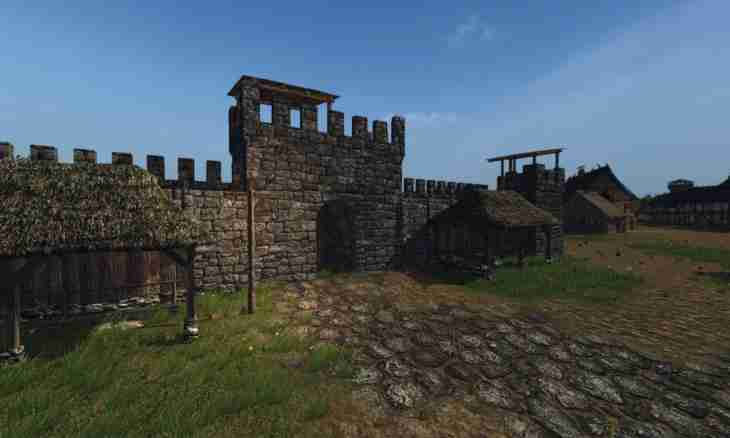"The system of the vassalitet", "sovereignty" - all these definitions are designed to disclose one of the most important characteristics of feudal society - its hierarchical structure. Whether this structure a certain pyramid of the power was? It is possible to answer this question, having understood the organization of a feudal ladder.
It is necessary to tell that the federal ladder is the medieval table of ranks reporting about arrangement of ranks, their domination and subordination each other. The royal persons of Europe who were at hierarchical top of a feudal ladder actually possessed much the smaller power, than, for example, governors of the East. It is enough to remember the well-known text which by tradition was said by the Spanish grandees during construction of the king on a throne: "We which it is not worse than you do you which is not better than us, the king in order that you respected and protected our rights. And if is not present – that is not present". Being the first among equal, the king as it is surprising, could be at the same time the vassal of other, stronger and rich king. On the following, more lower step archbishops, bishops, abbots and also secular persons dukes and columns settled down. All of them were very rich people, had considerable property and were direct vassals of the king. The king had the right to endow the vassals with privileges. Often the feudal lords who are brought closer to the royal person received the so-called immunitetny diplomas allowing them to collect independently in the land possession taxes, to print money and to pronounce adjudications. It is clear, that such diplomas actually destroyed the centralized government because huge allotments of some vassals of the king resembled the certain state in the state more, than on the law-abiding territories submitting to the king. It is not surprising also that sometimes money of rich and strong feudal land tenure forced out themselves the state coin with a proud profile of the king on it. Barons who accommodated on the third to a step of a feudal ladder were vassals of dukes and counts. The relations between signori and vassals here too entirely lay in the plane of land grants. It is possible to call structure of the vassalitet harmonious and clear only in the theory because in practice very few people from vassals observed the undertaken obligations of service to the signor. The attempt of the sovereign to take away the granted earth for insubordination of the vassal came to an end with usually real war as the vassal protected the earth up in arms. The last, fourth step of a feudal ladder was given to knights. Here too the system of the vassalitet, however, worked property volumes of donation or donation were much more modest. On this step paid off not the earth, but a horse harness and weapon. Poorer knight went to service to rich, becoming his vassal.

